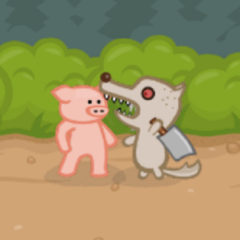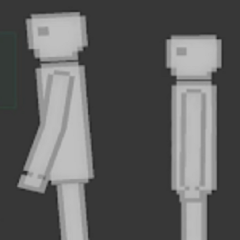Iron Snout sets the stage for a fast-paced defense scenario where a single pig faces an endless stream of attackers from both sides. Instead of relying on complex input systems, the game uses directional keys to trigger context-sensitive attacks. These include strikes, flips, and counters, all tied to the enemy’s position and behavior. The result is a constant need to read movement patterns and respond in real time, turning each second into a reaction test.
Weapon Reversal and Attack Chains
Enemies come armed with blades, projectiles, and charging moves, and they arrive in unpredictable sequences. Some can be disarmed, and their weapons used against the next wave—if timed correctly. The game rewards fast recognition and rhythm-based responses, turning defensive actions into flowing attack chains. With each takedown, the screen becomes more chaotic, and staying in control means memorizing patterns while adapting to random elements on the fly.
Endless Pressure and Short Burst Play
There is no endpoint or level list—Iron Snout runs on endurance. Players aim to last as long as possible, pushing high scores and refining reaction timing with every new attempt. Matches are short but punishing, designed to be replayed rapidly. The simplicity of its layout contrasts with the depth of its timing-based gameplay, offering a tightly focused challenge built around player reflexes and situational awareness rather than upgrades or scripted stages.





























